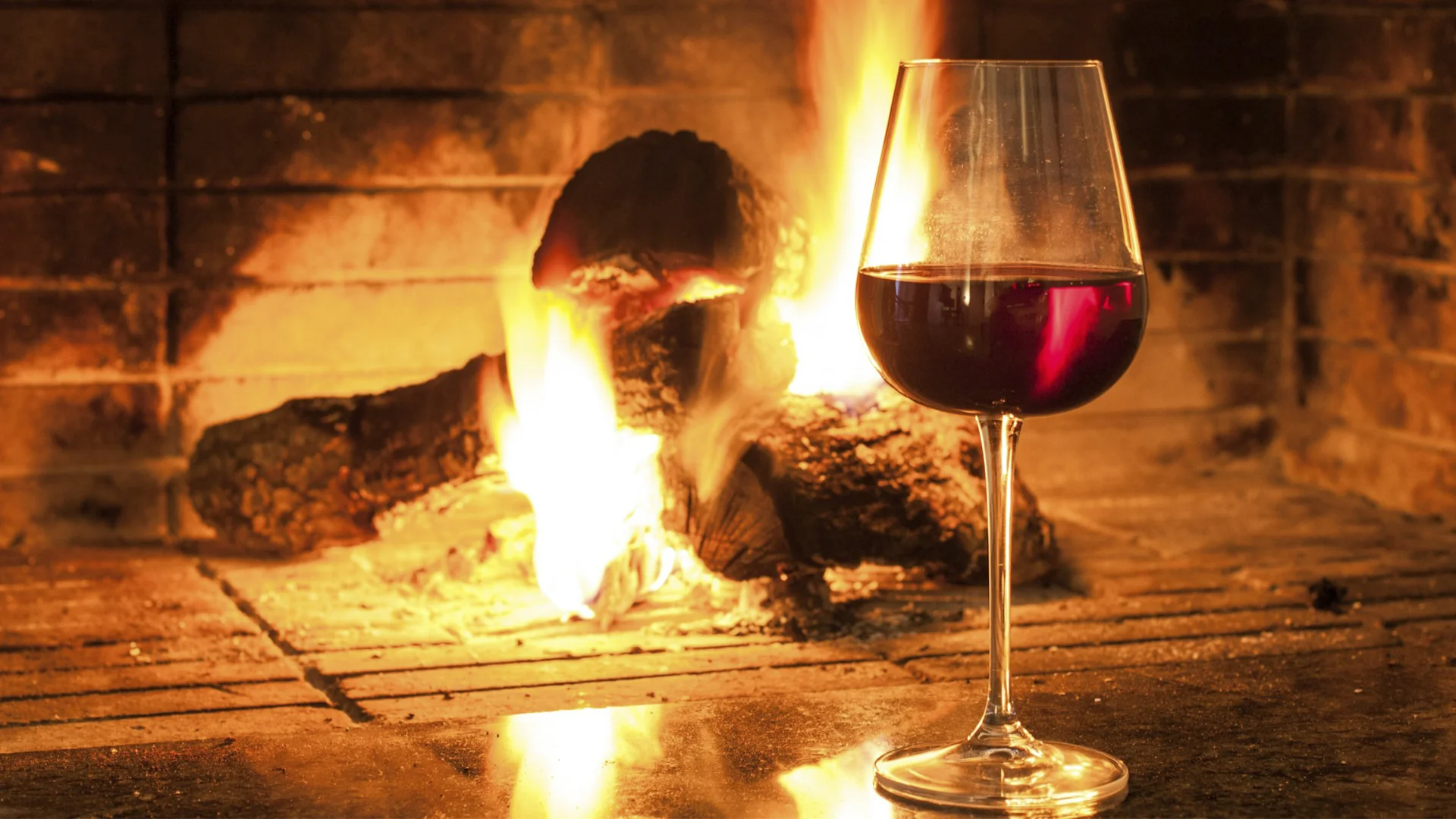
Dolcetto may not get the spotlight like Barolo or Barbaresco, but it’s Piedmont’s everyday hero—easygoing, vibrant, and endlessly food-friendly.
This guide dives deep into what makes Dolcetto tick: its bold flavour, winemaking quirks, top regions, sensory appeal, food pairings, and how to serve, buy, or even collect it. No fluff—just the honest charm of a grape that’s all about pleasure over prestige.
Think of Dolcetto as the middle child of Piedmont’s wine family—overshadowed by its flashy siblings Barolo and Barbaresco, yet possessing a quiet charm that makes it the most approachable of the bunch.
This grape variety, cultivated for centuries in northwest Italy, is primarily grown on the rolling hills of Piedmont and produces some of the region’s most honest, unpretentious reds.
Most Dolcetto is found in the Piedmont region, where many of the top estates cultivate it on less-favoured sites, showcasing its adaptability.
The grape is also cultivated in Monferrato, which is considered one of its original growing areas, highlighting the origins of Dolcetto in these historic wine-producing regions.
The name 'Dolcetto' is Italian for 'little sweet one,' which derives from either the perceived sweetness of the grape or possibly from the name of the hills where the vine is traditionally grown, reflecting different theories about its etymology.
Dolcetto wine represents what happens when a grape refuses to play by the rules.
It’s medium-bodied with moderate tannins, low acidity, and intense colour that ranges from deep ruby to purple-black.
This striking colour is due to the high amounts of anthocyanins in Dolcetto grapes, which require only a short maceration time with the skin to achieve such depth.
The Dolcetto vine is renowned for its early ripening and ability to thrive in cooler climates, which contributes to the wine's approachable style and distinctive regional character.
Like that friend who arrives at the party with pizza and good vibes, Dolcetto delivers immediate satisfaction without pretense—it’s meant to be consumed young, typically within a few years of harvest.
Despite its name—Dolcetto is an Italian word for “little sweet one” —this wine is anything but sweet.
It’s a classic case of linguistic misdirection.
Dolcetto is a dry red wine through and through, with low sweetness level and a signature bitter almond finish that keeps things firmly on the savoury side.
If you're looking for a sweet wine, look elsewhere—Dolcetto is all about fruit-forward charm without the sugar rush.
Dolcetto’s story begins in the heart of the Piedmont region, where rolling hills and centuries-old vineyards have shaped the destiny of this beloved grape variety.
The name “Dolcetto” might sound like an invitation to something sweet, but don’t be fooled—the Italian word actually points to the gentle slopes (“dolce” meaning “soft” or “sweet”) where these grapes first took root, rather than the flavour of the wine itself.
Historical records trace Dolcetto’s presence in northwest Italy back to the late 1500s. Still, local tradition suggests the grape was cultivated in these hills long before it was first documented in writing.
Over the centuries, Dolcetto has become a mainstay in Piedmont’s wine culture, thriving in regions like Monferrato, Langhe, and especially Dogliani.
Here, the grape finds its ideal home in vineyards with silt, clay, and sandy soils—conditions that help preserve the grape’s natural acidity and allow its rich fruit flavours to shine.
Dolcetto’s importance in the region is hard to overstate.
While Nebbiolo may be the king of Piedmont and Barbera its energetic counterpart, Dolcetto quietly commands respect with its approachable style and versatility.
Wineries across Alba, Dogliani, and the Langhe dedicate prized vineyard space to Dolcetto, producing distinct wines such as:
These wines are celebrated for their hallmark balance.
Never overpowering tannins, vibrant aromas of blackberry and cherry, and a richness that makes them perfect partners for classic Italian dishes like pasta, pizza, and roasted tomatoes.
Most Dolcetto wines are crafted to be enjoyed young, within a few years of production, capturing the grape’s fresh fruit character and food-friendly charm.
Yet, the prestige of Dolcetto is evident in the pride with which Piedmontese producers cultivate and bottle these wines, ensuring their continued presence on tables both locally and abroad.
Dolcetto’s journey hasn’t stopped at the Italian border.
The grape has found new homes in California and Australia, where winemakers are drawn to its distinct flavours and adaptability.
Whether in the hills of Piedmont or the vineyards of the New World, Dolcetto remains a testament to the enduring appeal of Italian wine tradition—rich in history, unmistakable in character, and always ready to pair with a great meal.
The winemaking philosophy behind Dolcetto is refreshingly straightforward: preserve the fruit, avoid over-extraction, and get to market quickly.
Dolcetto delivers a sensory experience that’s both immediately gratifying and surprisingly complex.
The visual impact hits first: deep ruby-purple colour with youthful intensity that screams “drink me now.”
On the nose, expect primary aromas of rich black fruit, such as black cherry, blackberry, and plum, along with fresh berry notes that highlight Dolcetto's approachable and friendly character.
Floral notes of violets and subtle spice often accompany these.
Cold Dolcetto allows its fruit, berry fruit, and floral aromas to shine clearly, best enjoyed with a slight chill.
The palate reveals Dolcetto’s paradoxical nature—soft and approachable yet structured enough to handle substantial food.
The moderate tannins provide grip without aggression and are well-framed around the vibrant berry and black fruit flavours, creating a harmonious profile.
While low acidity makes it immediately appealing, certain winemaking techniques and vineyard factors contribute to adding depth and complexity to the wine.
That signature bitter almond finish isn’t a flaw; it’s Dolcetto’s calling card, providing savoury complexity that elevates simple meals into memorable experiences.
Temperature matters significantly.
Serve between 60°F and 68°F to showcase the wine’s fruit purity while maintaining its structural integrity.
Dolcetto might be Italy's most food-friendly red wine, and here's why: its moderate everything—tannins, alcohol, acidity—makes it the Switzerland of wine pairings.
Pro tip: Dolcetto's moderate alcohol (typically 12–14%) makes it perfect for extended dining sessions without palate fatigue.
Think of it as the marathon runner of dinner wines—consistent performance over time rather than explosive bursts.
The terroir of the Piedmont region shapes Dolcetto like a master sculptor.
The grape thrives in the cooler, higher elevation sites of Northwestern Italy, between 250–600 meters above sea level, where other varieties might struggle.
These marginal locations actually work to Dolcetto’s advantage—the cooler temperatures slow ripening and preserve acidity, preventing the wine from becoming flabby.
Dolcetto is also grown in other regions outside of Piedmont, including Liguria, where it is known as Ormeasco.
The key DOC and DOCG zones include:
Dogliani produces fuller-bodied expressions with aging potential, while Ovada yields wines with surprising longevity due to its unique soil composition.
Within these regions, vineyard management often focuses on specific blocks, with each block contributing to vintage variation and overall wine quality.
The age of the vines is also significant—many top producers source grapes from old vines, which are prized for producing wines with greater concentration, complexity, and expression of terroir.
The history and quality of these vines, especially old vines, are key factors in the premium reputation of Dolcetto wines.
The grape’s early ripening nature (harvesting typically occurs in September) makes it perfect for sites that might be too cold or windy for Nebbiolo.
Calcareous-clay soils provide ideal drainage while imparting mineral complexity.
Dolcetto was first introduced to California by Italian immigrants and has since gained popularity in regions such as Napa Valley and Mendocino County, where it thrives in similar conditions.
Climate change has actually benefited Dolcetto, as warmer temperatures allow cultivation at even higher altitudes, thereby expanding the quality of vineyard sites.
This has also helped Dolcetto reach other regions, such as California, where it is grown in some areas dominated by hills.
Serving Dolcetto properly requires understanding its dual personality.
Understanding the differences between Dolcetto and Barbera sheds light on Piedmont's winemaking philosophy—both serve as everyday wines, but with distinct approaches.
Barbera brings high acidity and bright fruit, making it food-friendly but angular when young.
Dolcetto offers an approachable style with softer acidity and a fuller body.
Stylistically, Barbera ages more gracefully, developing complexity over 5 to 10 years.
Dolcetto peaks early but compensates with immediate charm—it's the difference between delayed gratification and instant pleasure.
Both wines excel with Italian cuisine, but Barbera’s acidity is better suited to handle tomato-heavy dishes, while Dolcetto’s richness complements meat-based preparations.
Modern Dolcetto production is increasingly embracing sustainable practices, driven by both environmental consciousness and a desire for quality improvements.
Dolcetto represents everything right about modern wine culture—approachable, food-friendly, reasonably priced, and authentically regional.
In an era of homogenized international styles, this Piedmontese original maintains a distinct personality without pretension.
It's the antithesis of trophy wines—designed for enjoyment rather than status.
Dolcetto has earned a strong reputation among sommeliers as a reliable and consistent expression of the Piedmont region.
The wine's greatest strength might be its honesty.
Dolcetto doesn't pretend to be something it’s not—no oak-driven power, no decade-long aging potential, no investment worthiness.
Instead, it offers consistent pleasure, food compatibility, and authentic regional character at accessible prices.
Smart wine lovers recognize Dolcetto’s value proposition: reliable quality, immediate gratification, and versatile pairing ability.
Whether you're exploring Italian wines or seeking everyday drinking options, Dolcetto delivers satisfaction without complexity.
In a world obsessed with ratings and collectibility, perhaps that’s revolutionary enough.

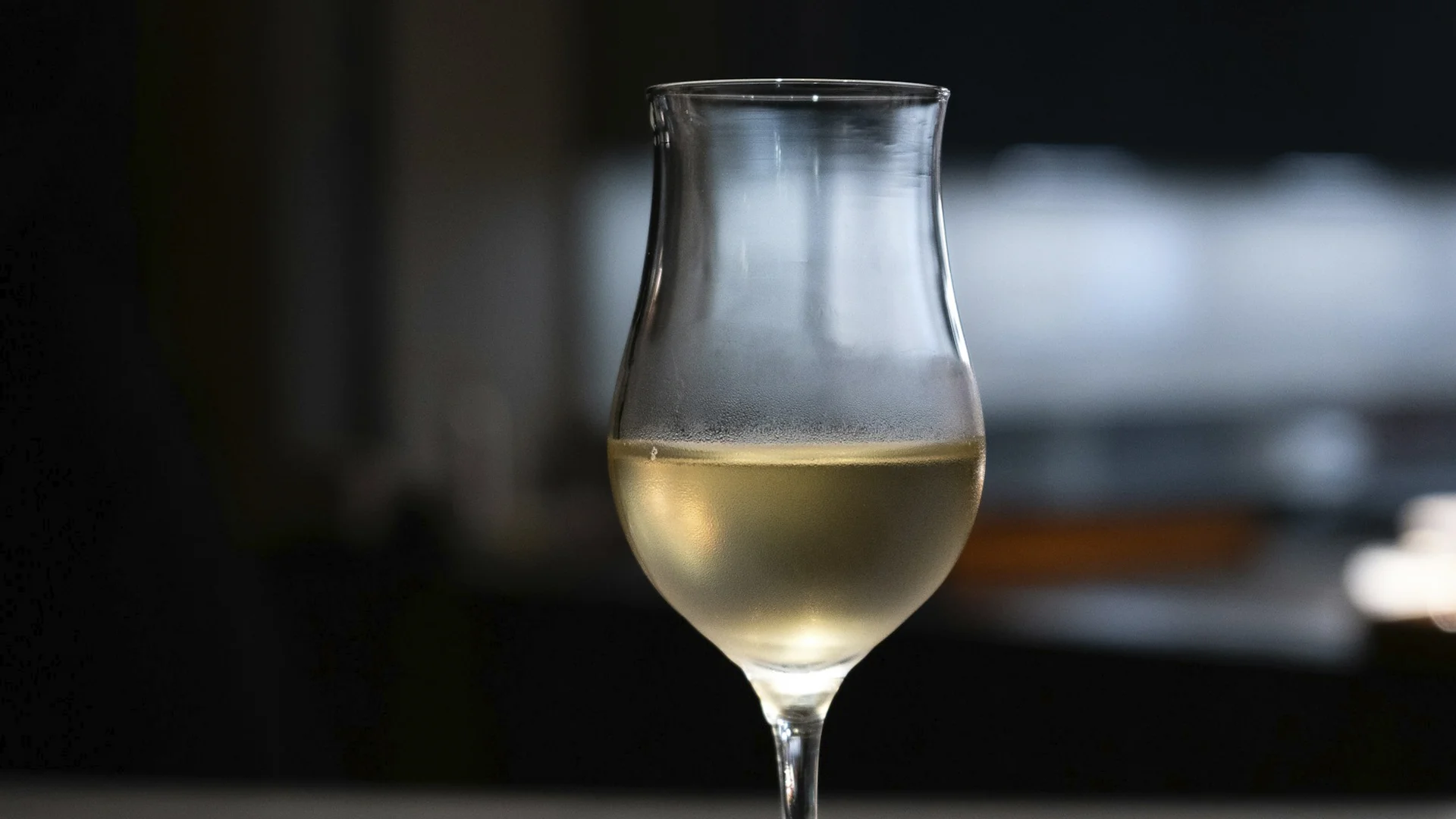
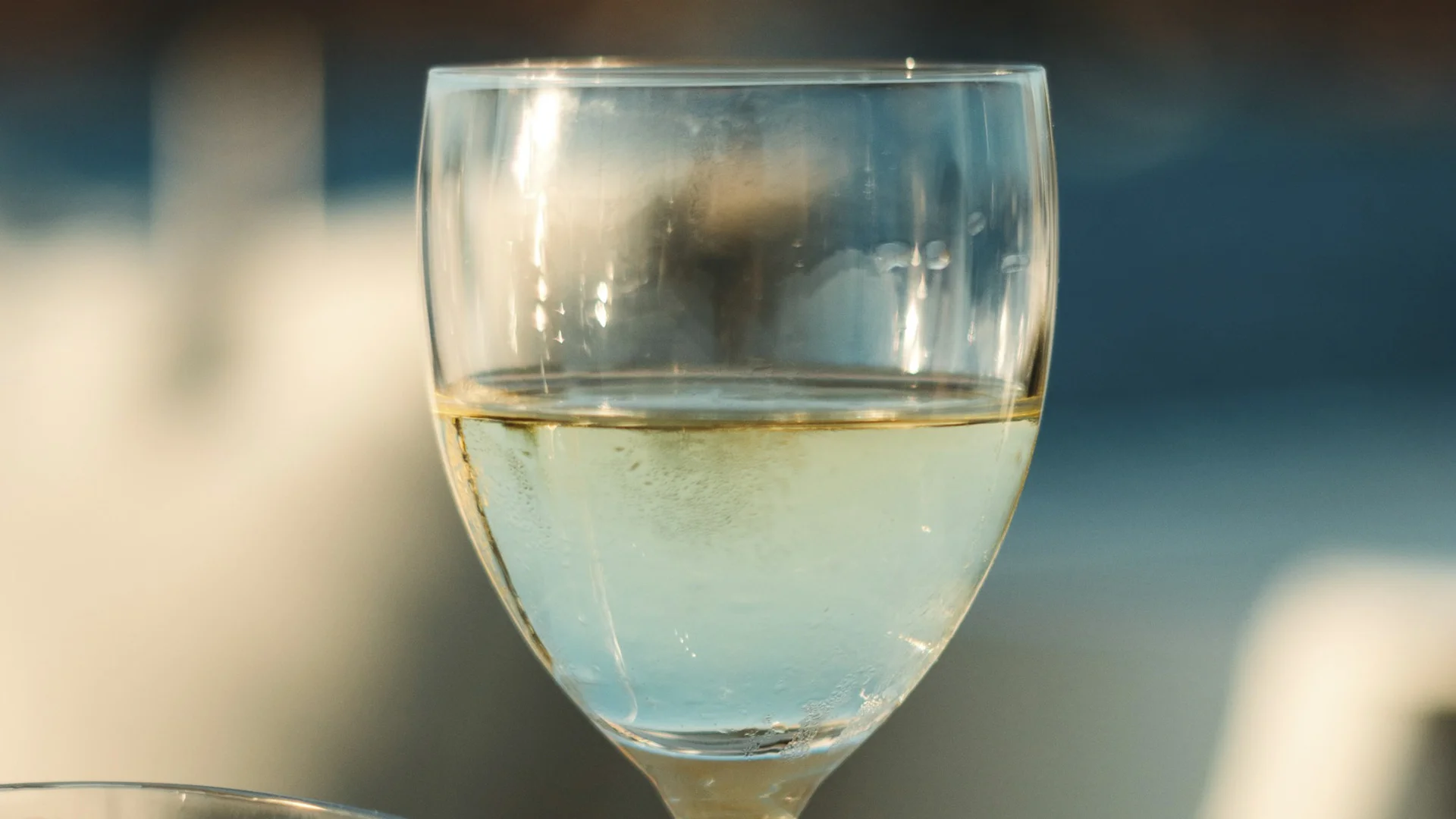



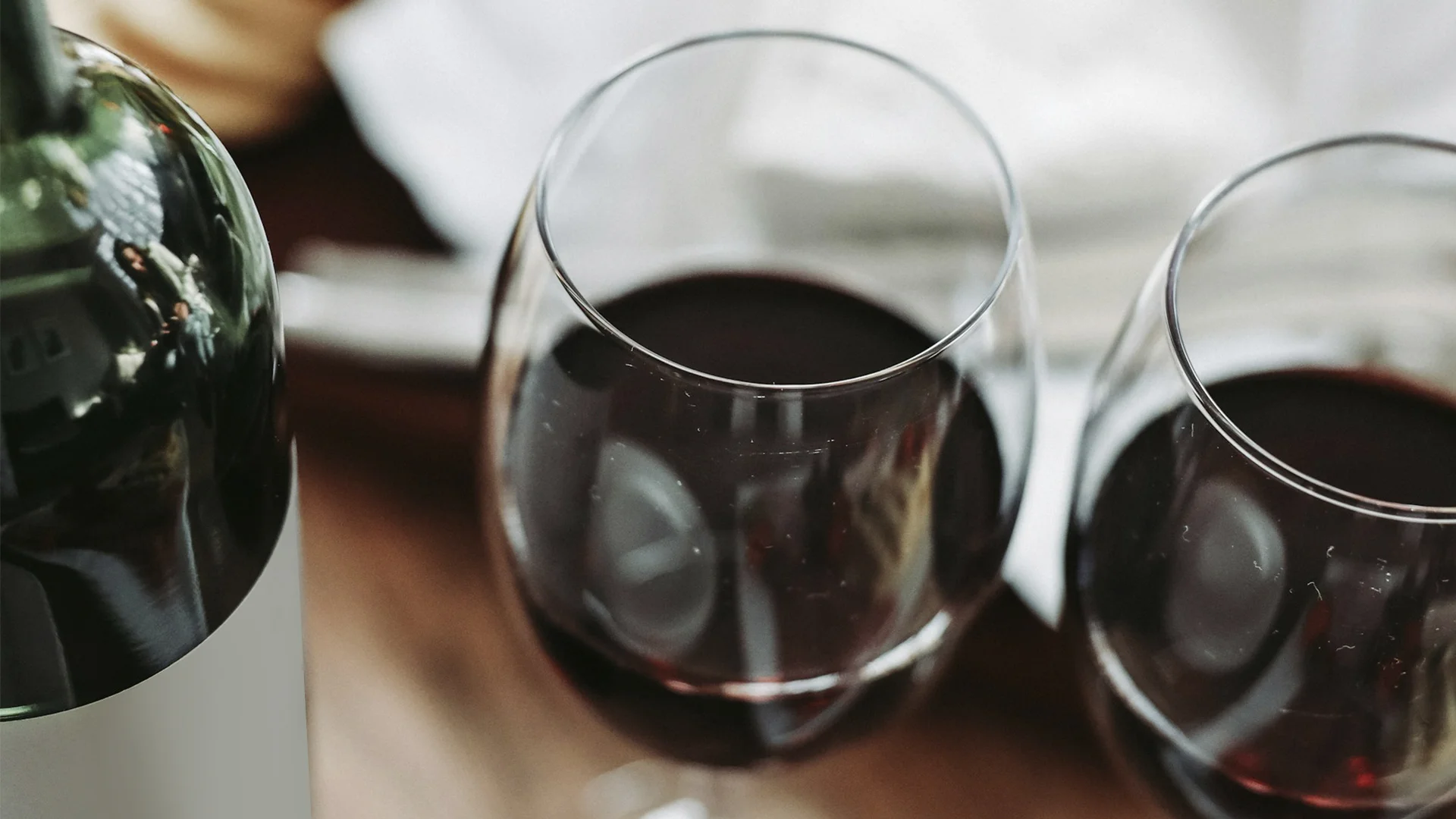
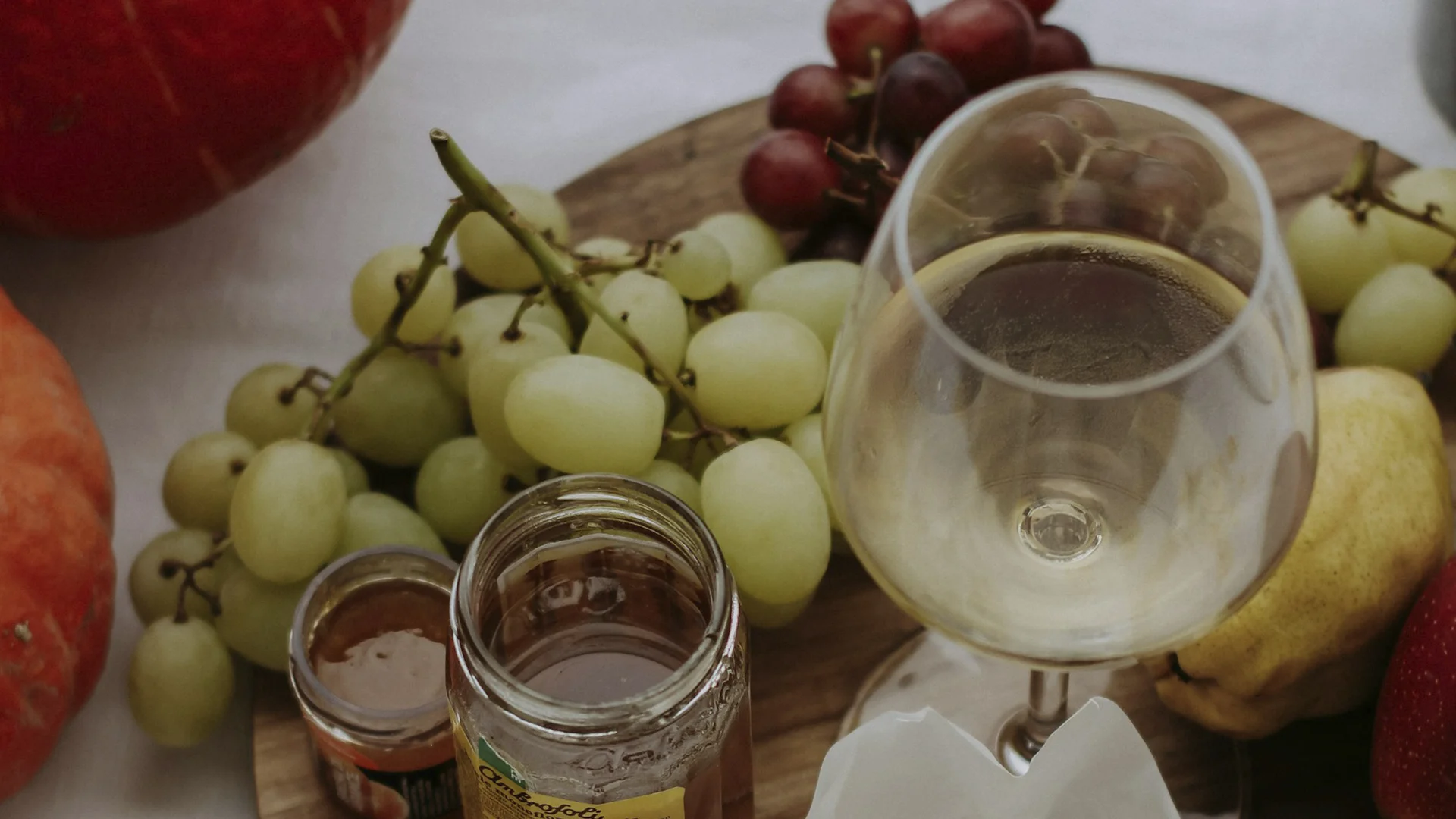





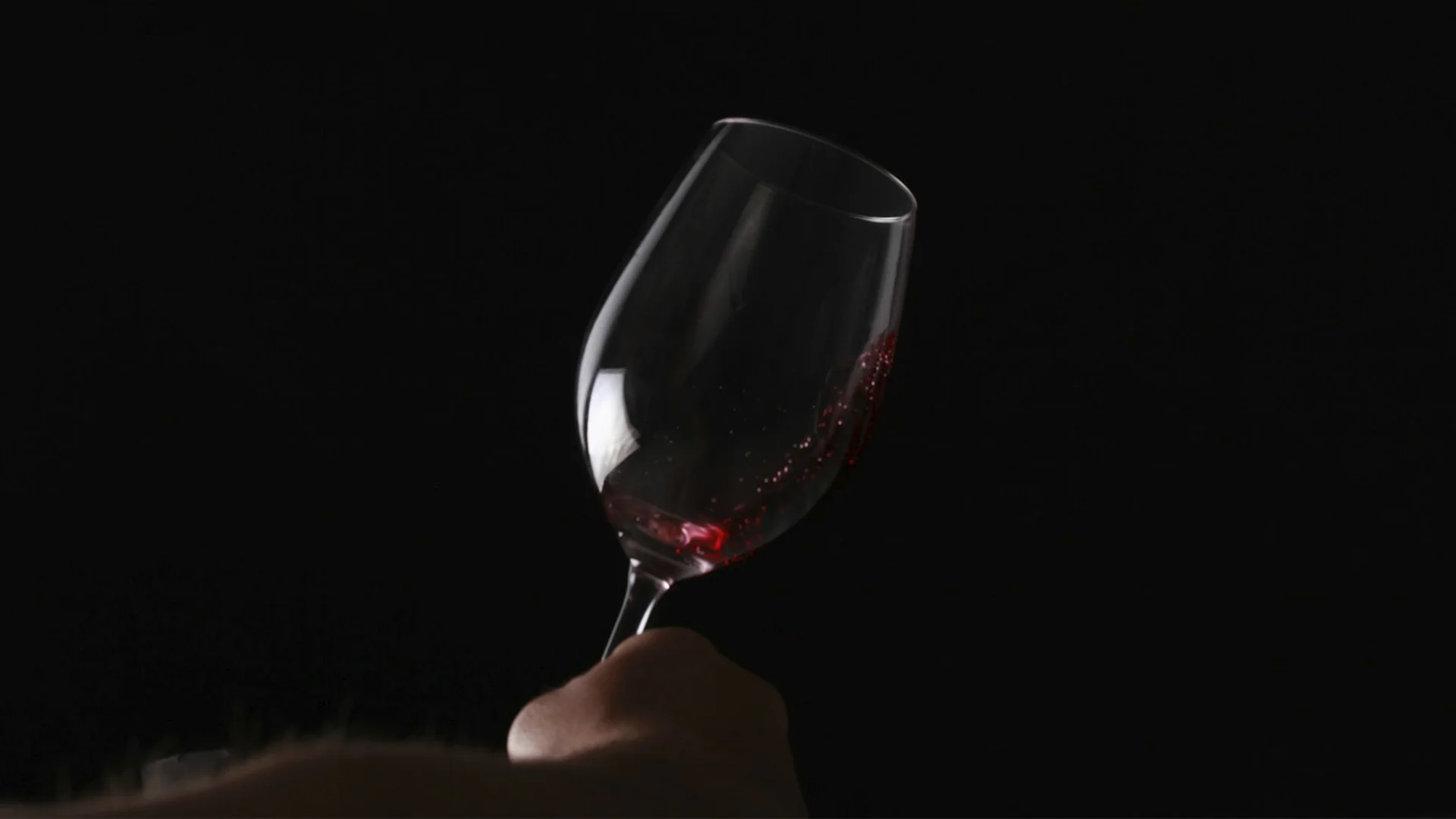

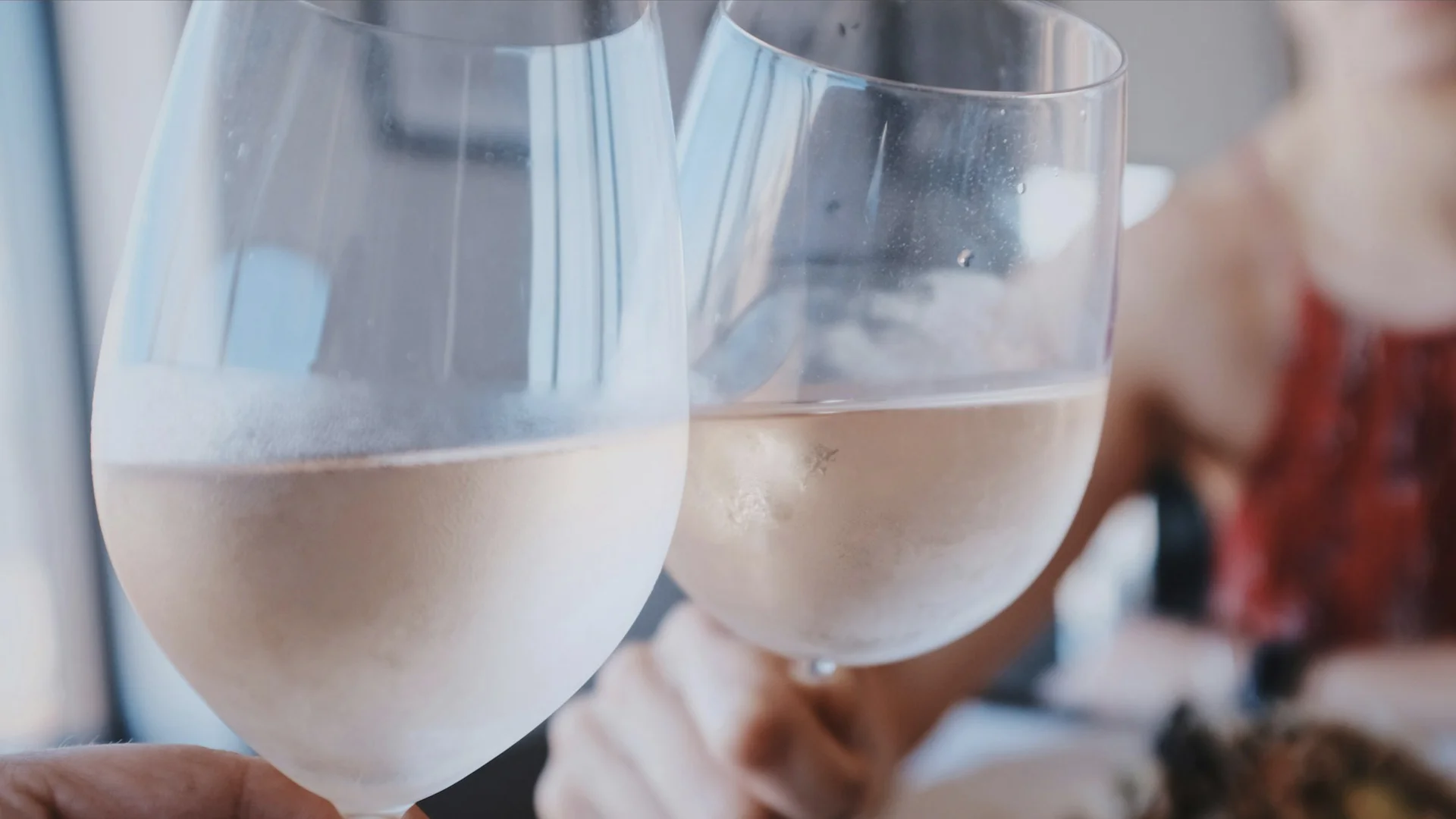

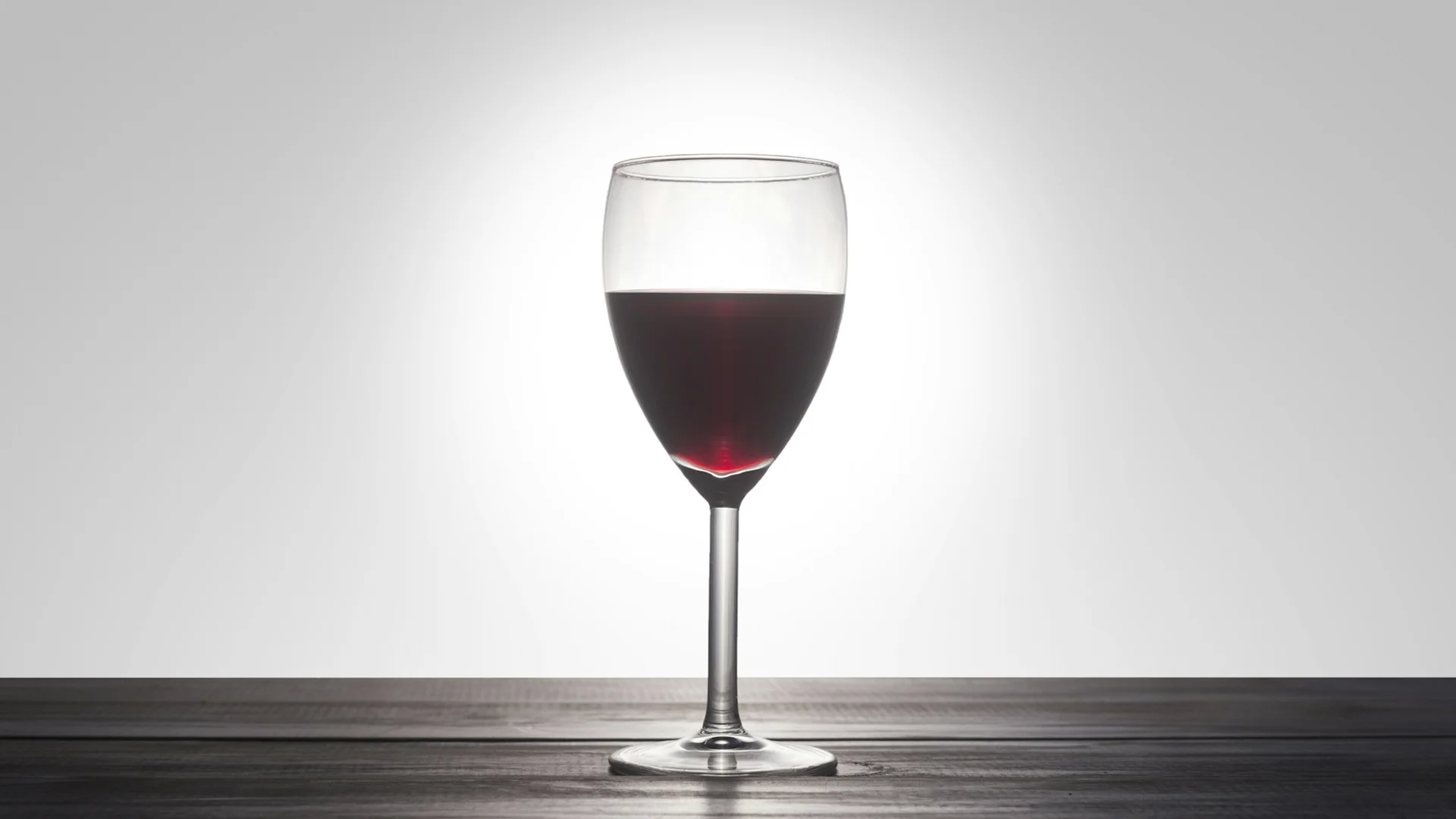


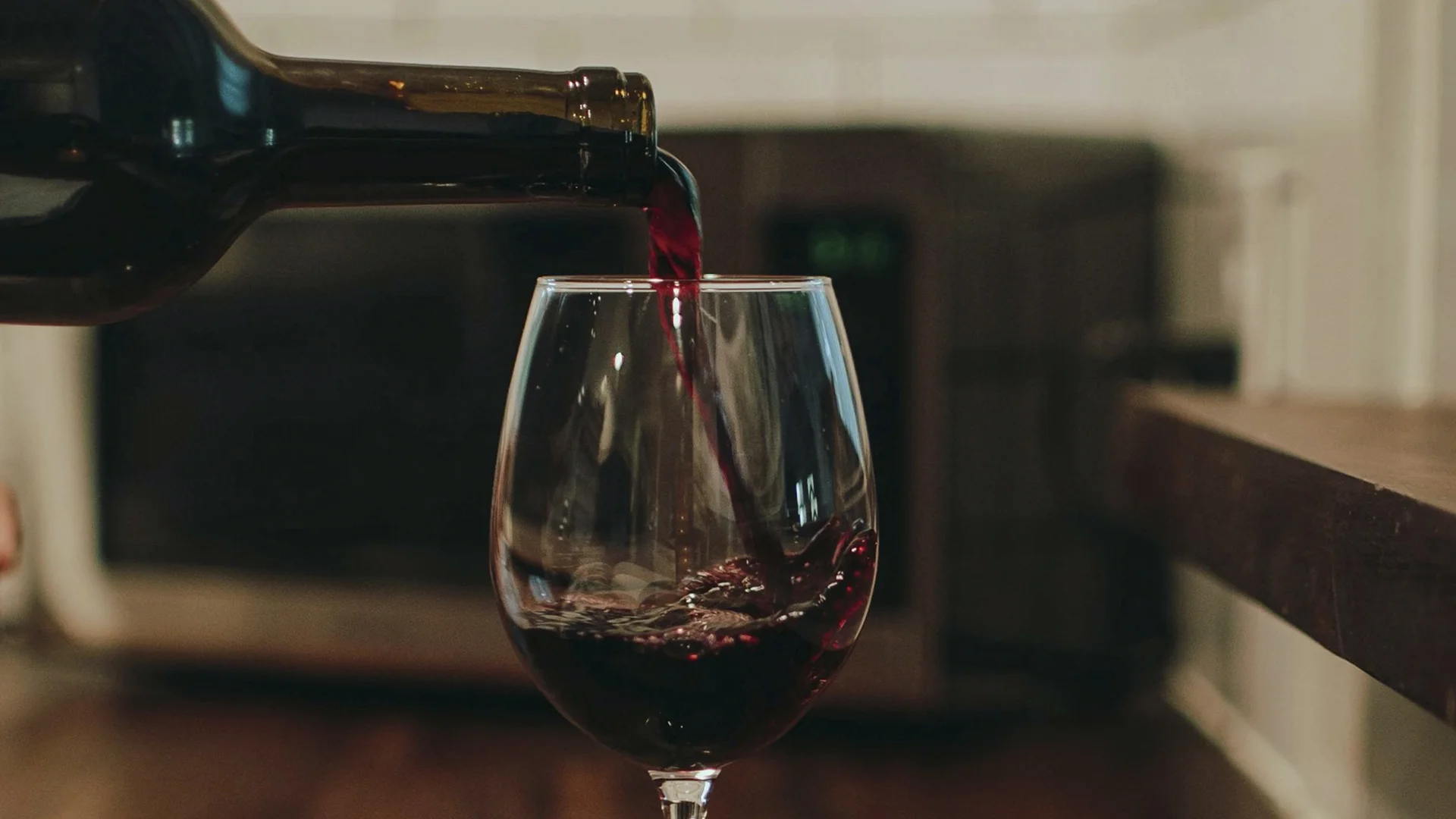
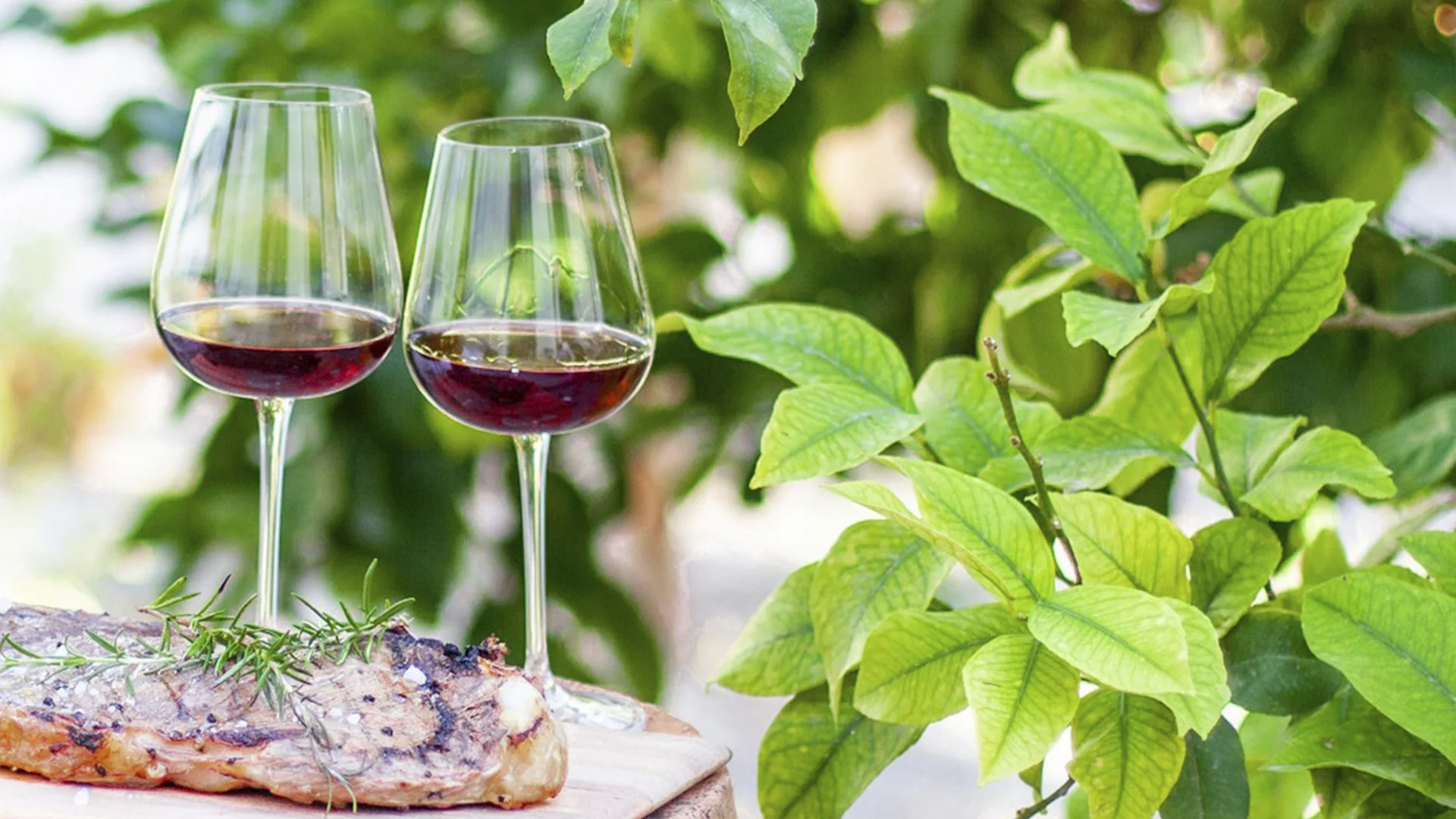





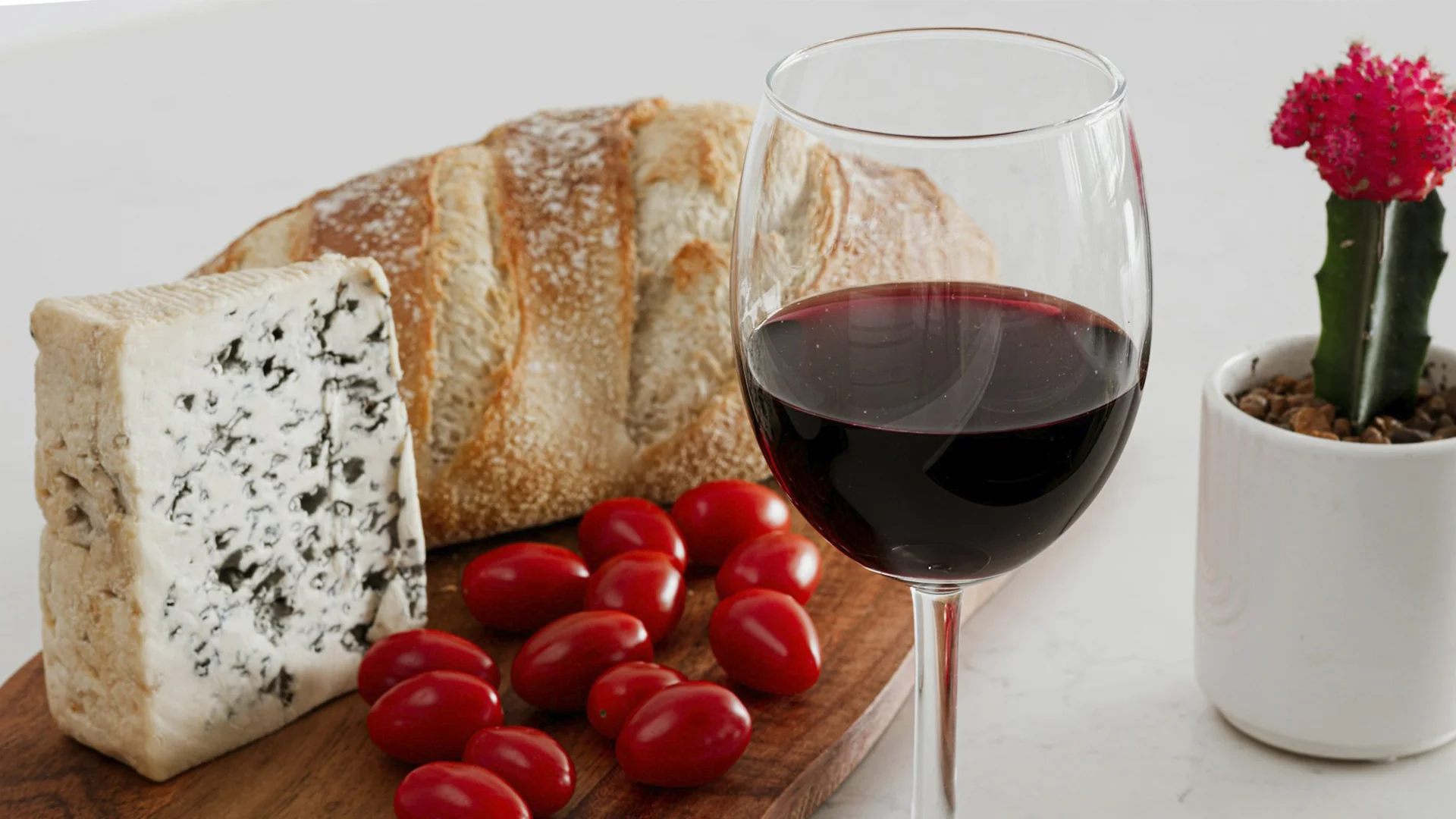


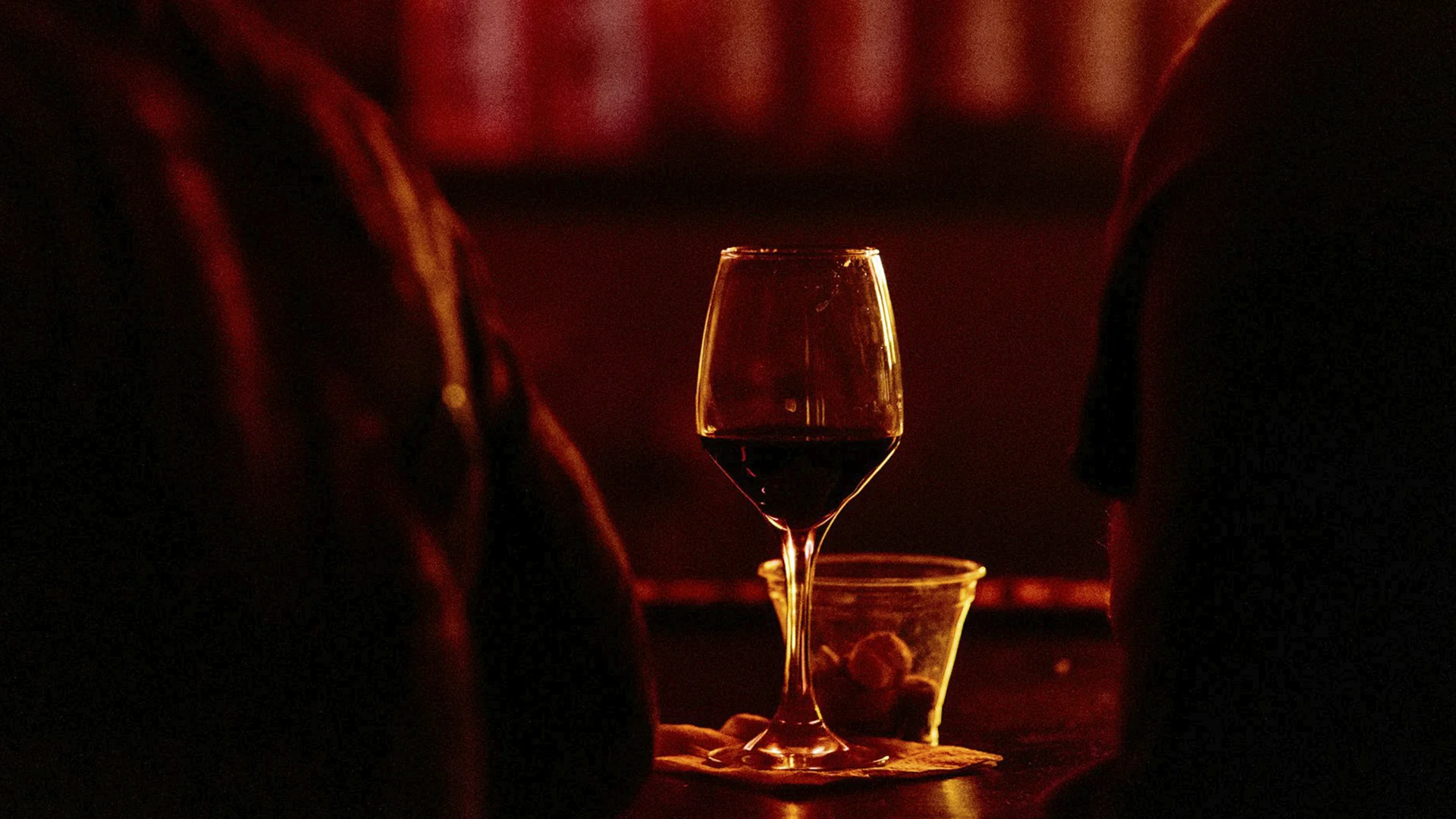
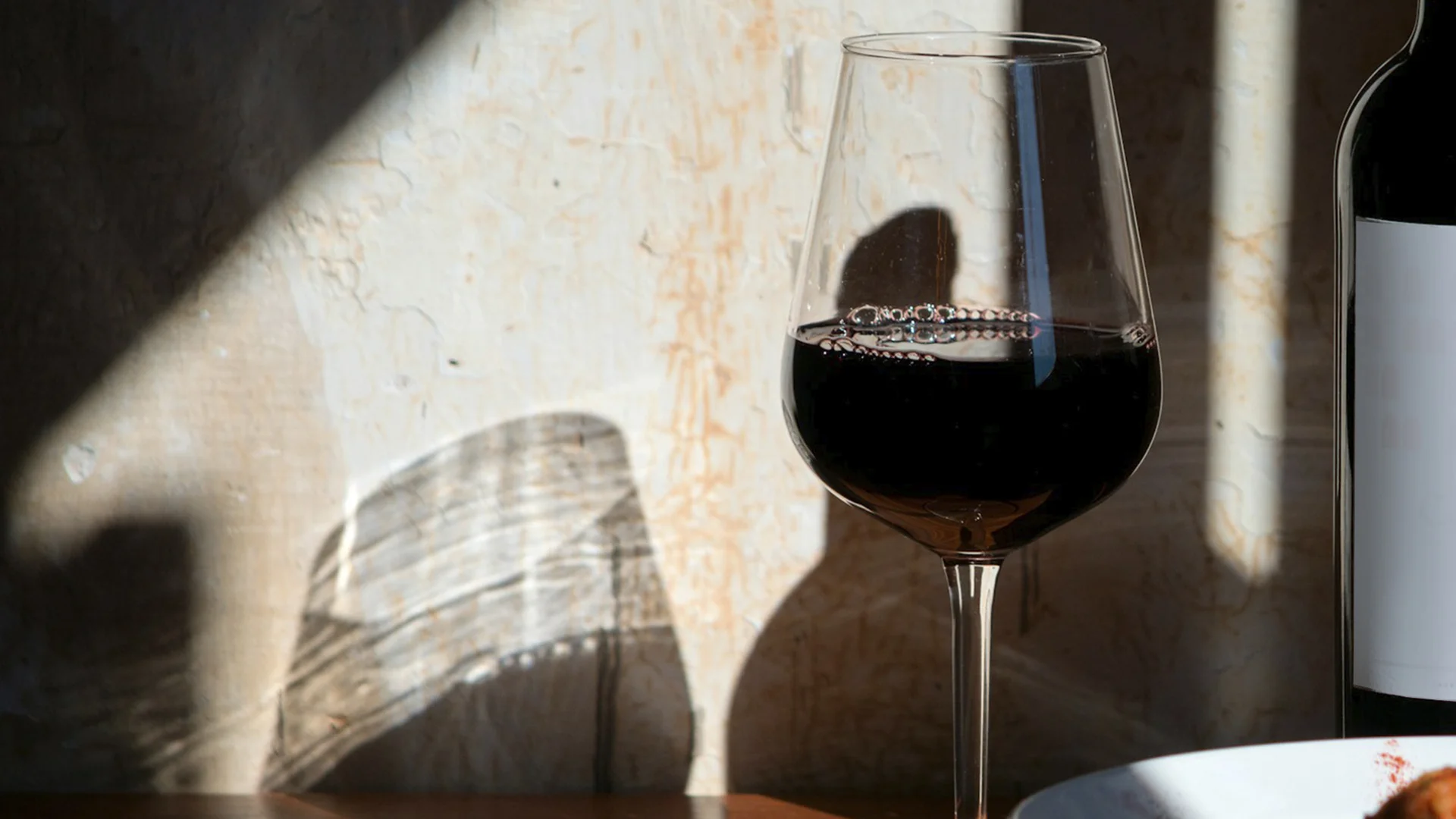
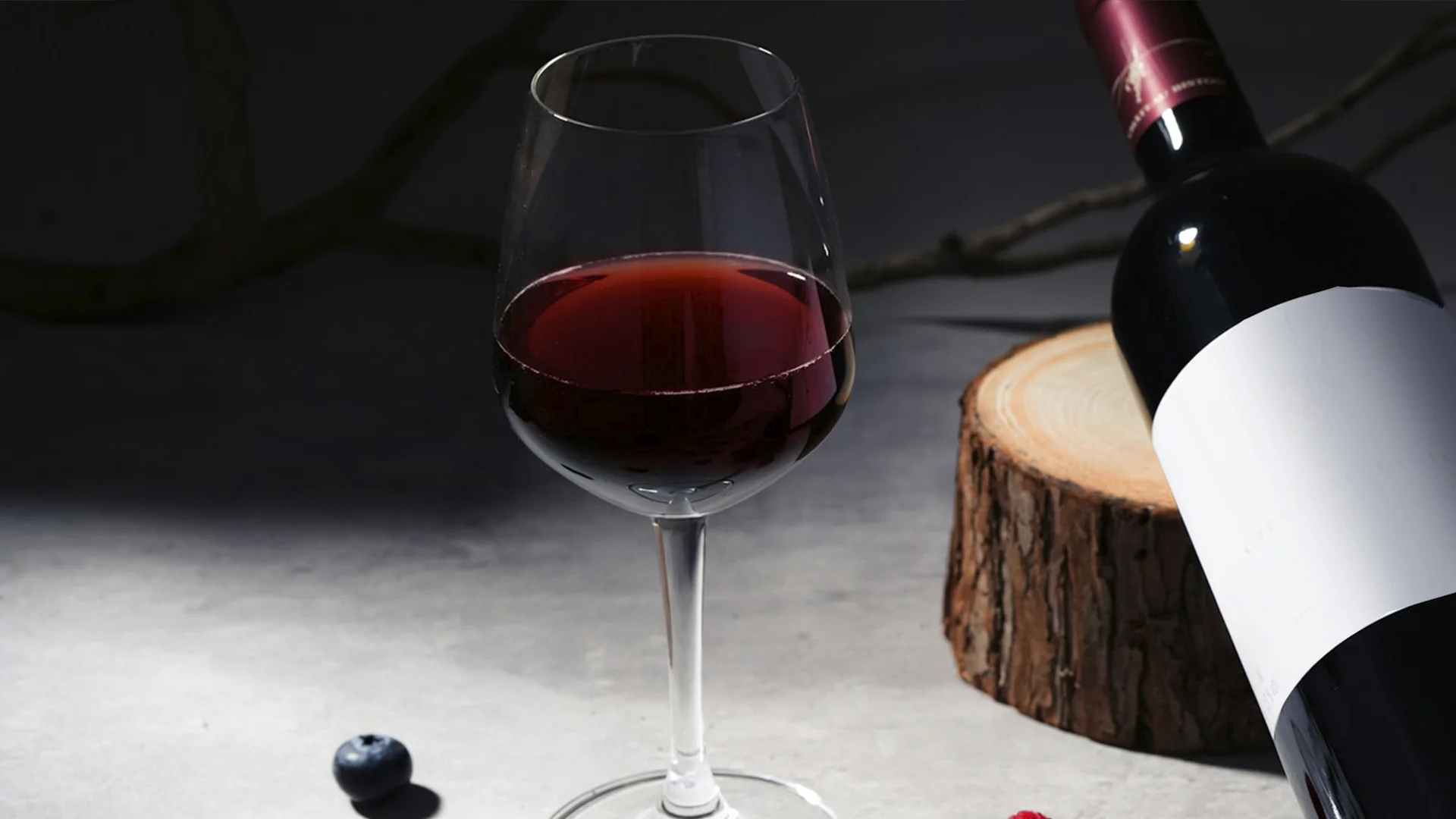

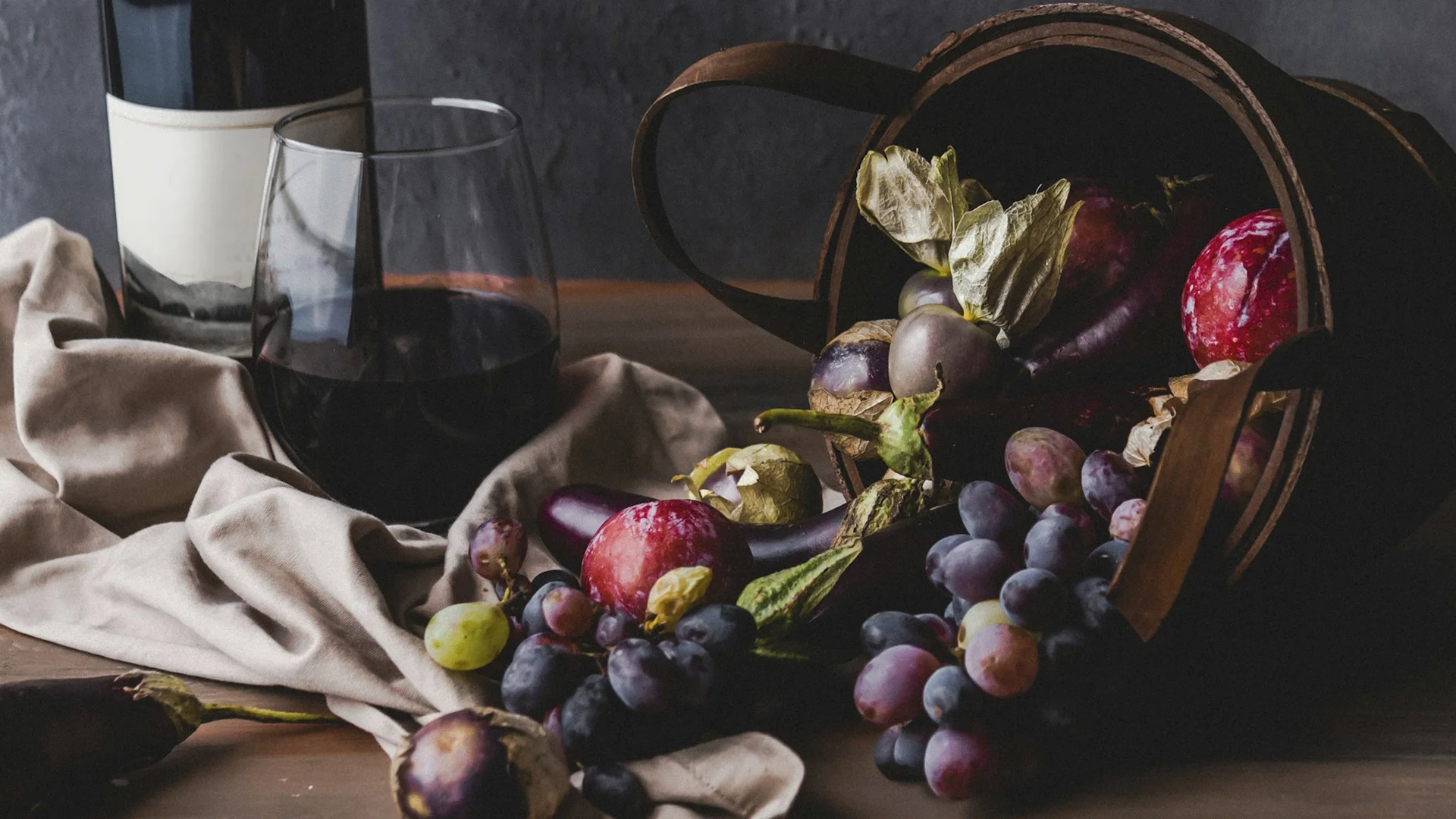
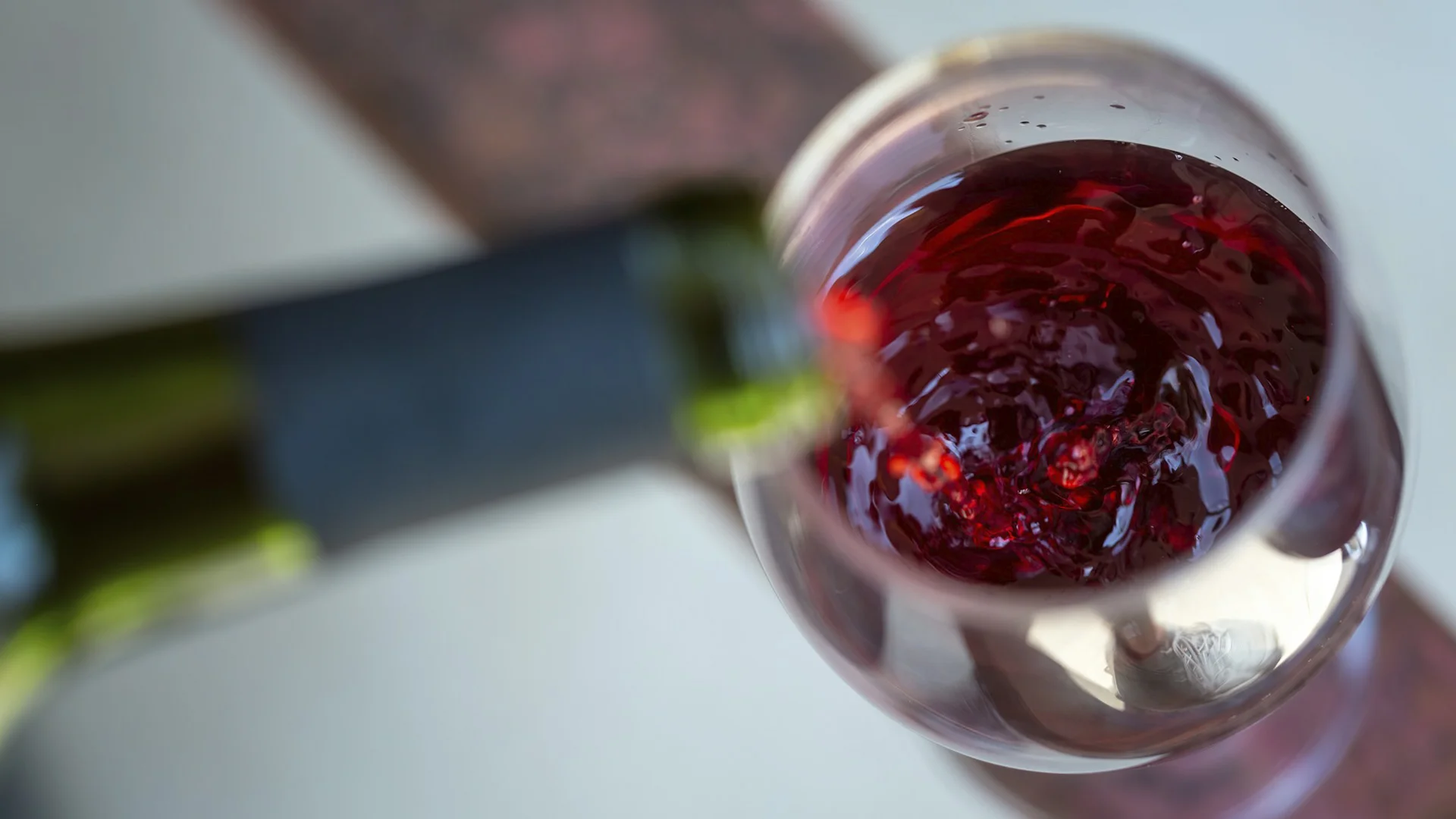
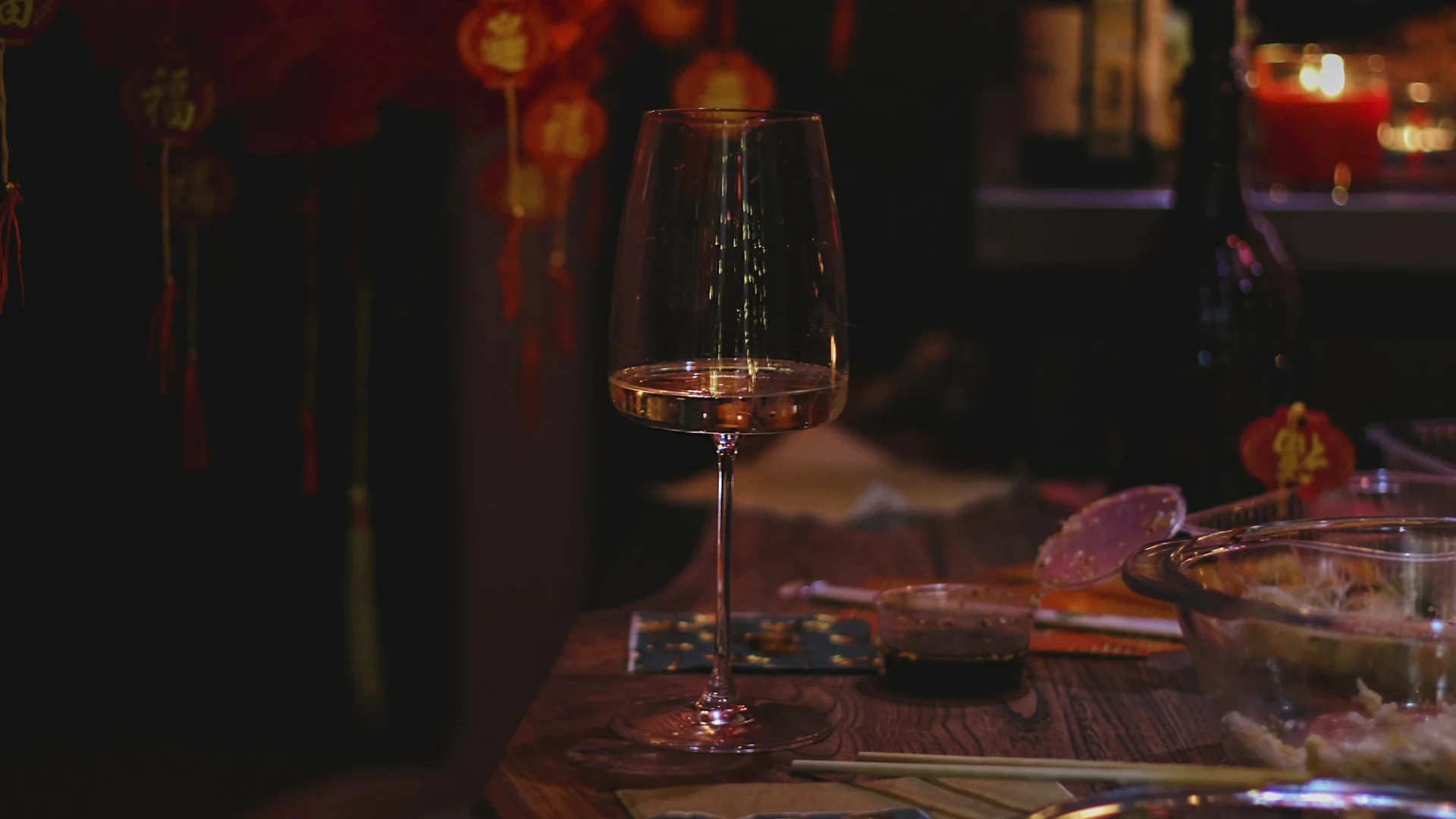






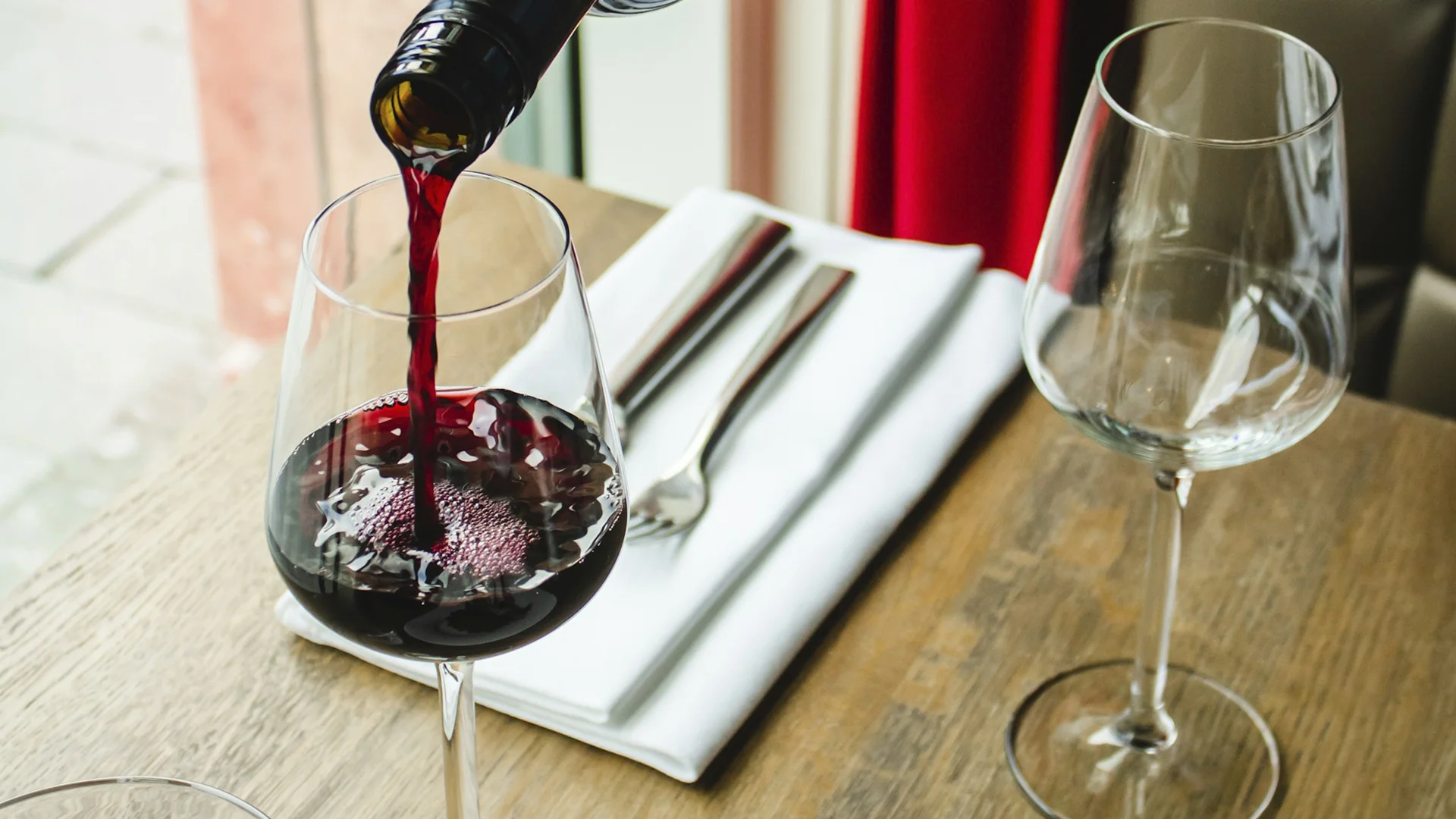












.webp)

.webp)
.webp)
.webp)



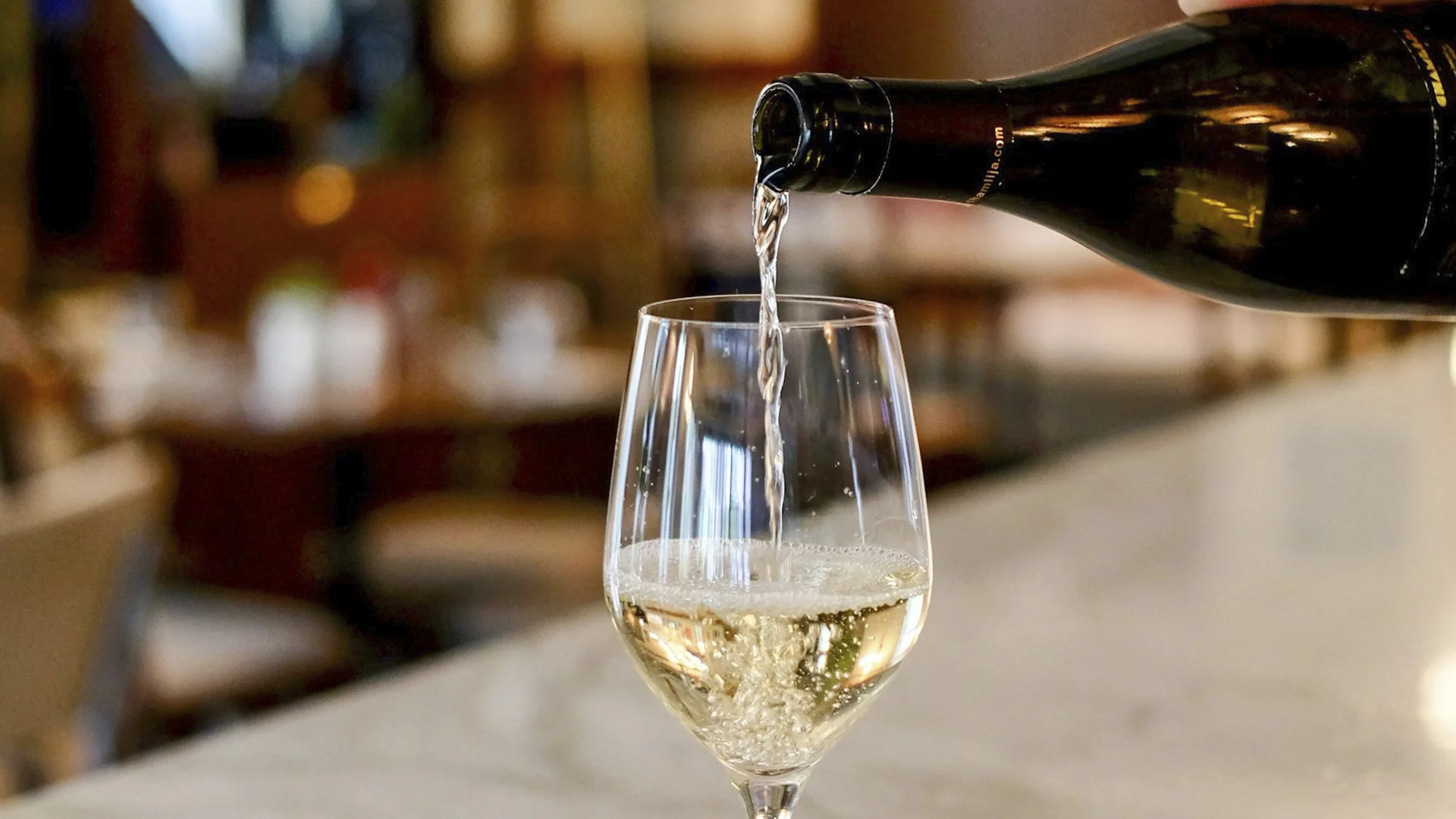


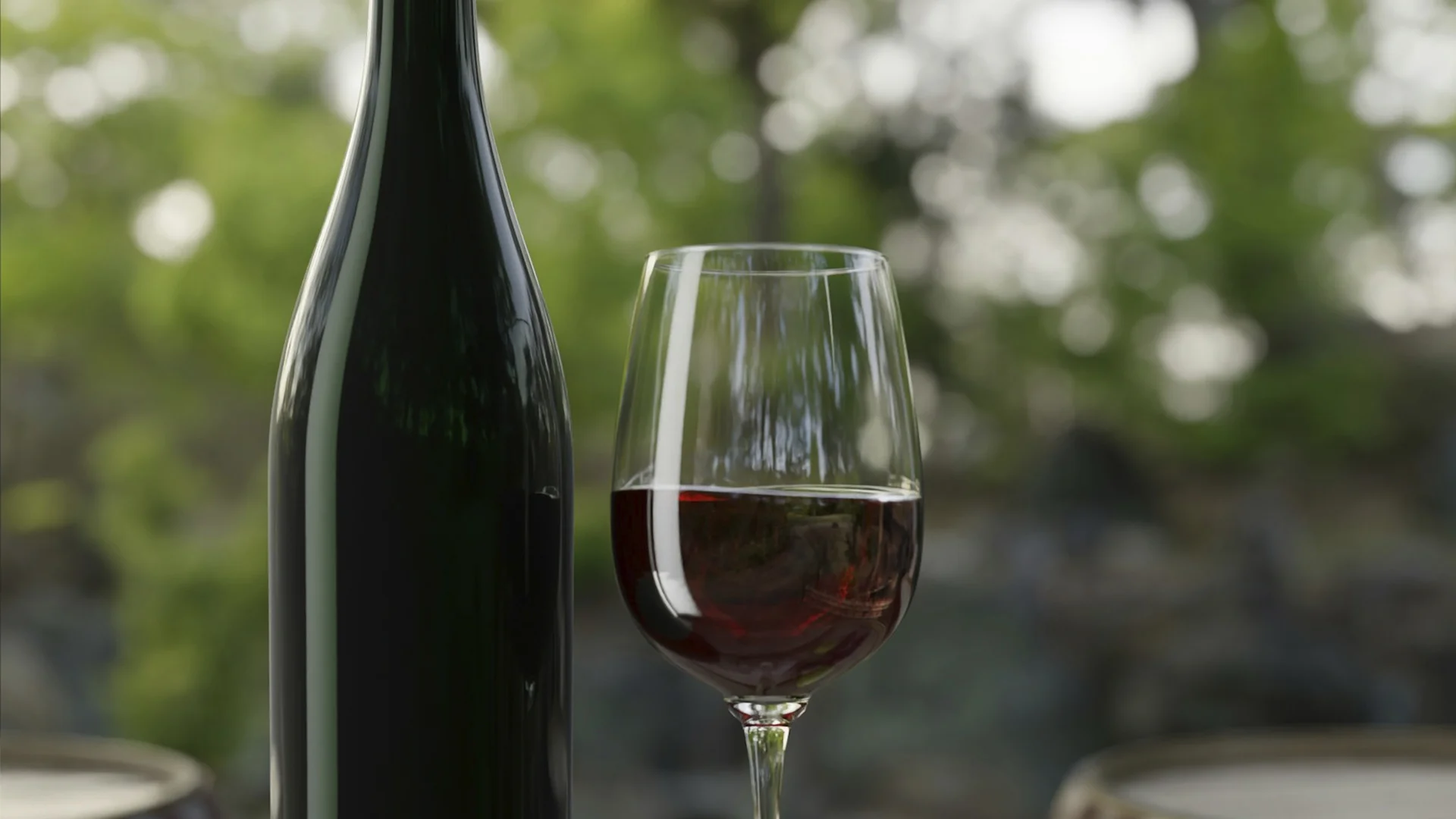



















.webp)













Are you interested in
collaborating with us?